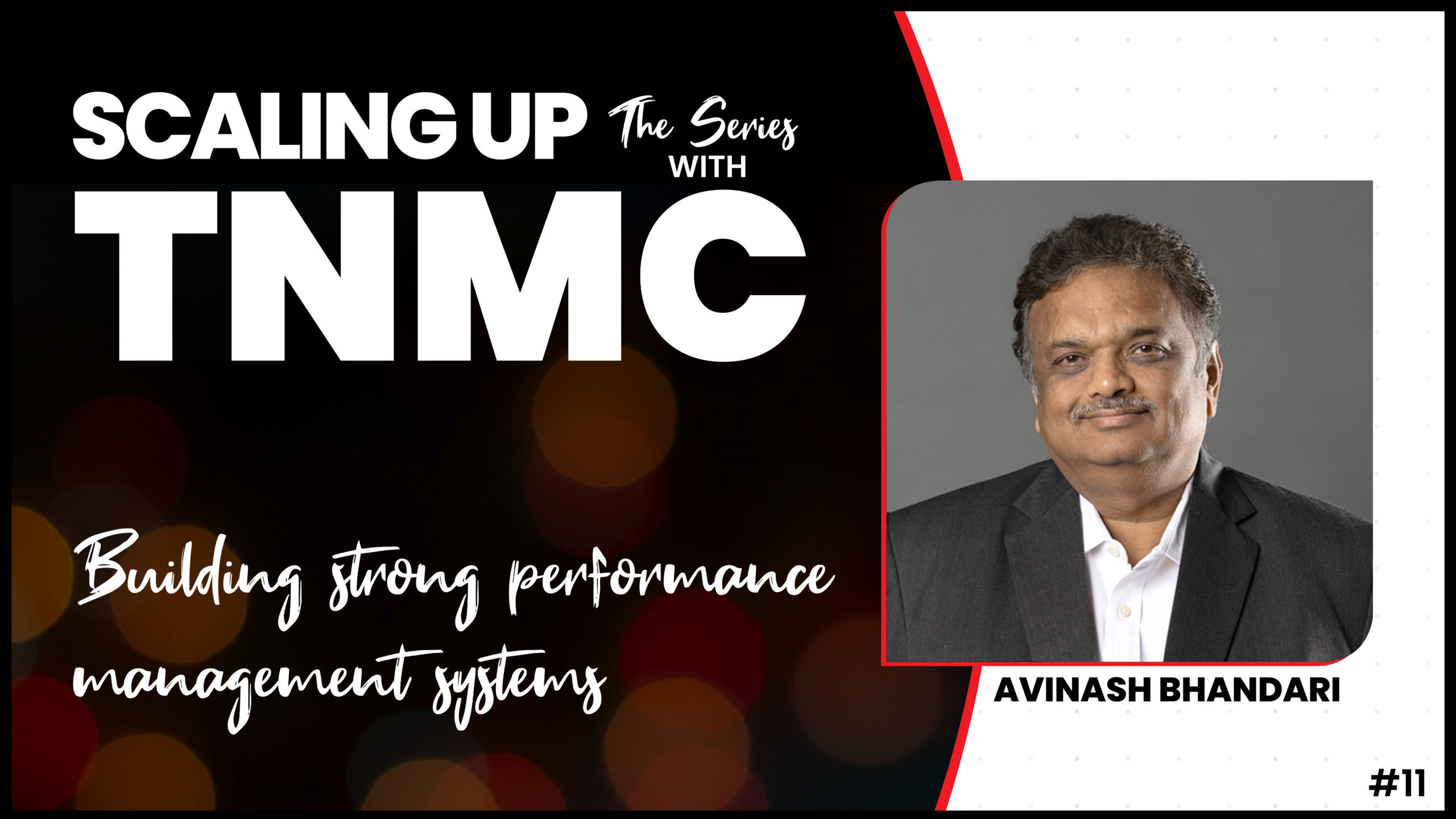Scaling up requires building strong performance management systems
Apprise before Appraise
As organizations embark on the journey of scaling up, the importance of building robust performance management systems (PMS) cannot be overstated. These systems serve as the backbone, providing the structure and alignment of culture necessary for sustained growth and success. Performance management begins with the foundational steps of goal setting and communicating the organization’s vision and strategy. In the context of scaling up, it is crucial to ensure that every member of the team understands the overarching goals and how their individual contributions align with the broader vision. This initial step sets the stage for what follows, establishing a clear framework for performance expectations.
ALIGNMENT emerges as the keystone when it comes to performance management in the scaling-up phase. Each employee’s goals and objectives must be intricately linked with the organizational vision, goals, and strategy. This deliberate alignment ensures that every effort, every decision, and every action contributes directly to the overall success of the company. When alignment is achieved, the organization moves forward cohesively, leveraging the collective strengths of its workforce. An aligned & well-executed Performance management systems thus leads to the development of individual as well as the organization.
In real life practice, PMS consisted of role definition of individual responsibilities, authorities, and accountability. It also includes critical focus areas, KRA/KPI, and measurable goals. While setting goals it is recommended to set 80% of goals with lead indicators and 20% of goals with lag indicators.
An integral part of strong performance management systems is the implementation of robust review mechanisms. Regular performance reviews provide a structured platform for evaluating progress, identifying areas for improvement, and recognizing outstanding contributions. These reviews are not just a formality but a strategic tool for refining strategies, optimizing processes, and ensuring that everyone is on track to meet their objectives.
Incentive systems along with Reward & Recognition, play a crucial role in performance management, especially in the context of scaling up. Well-defined and aligned incentive structures can act as powerful motivators, driving employees to exceed expectations and go above and beyond. The key here is clarity—employees need to understand exactly how their performance ties into incentives, reinforcing the connection between individual efforts and organizational success.
The success of a scaling organization hinges on its ability to adapt and optimize its performance management systems continuously. As goals evolve and strategies shift, the PMS must be agile enough to accommodate these changes seamlessly. Regular recalibration of goals, periodic reviews, and adjustments to incentive structures ensure that the performance management systems remain dynamic and responsive to the evolving needs of the organization.
In conclusion, scaling up necessitates the establishment of strong performance management systems that go beyond mere evaluations. Starting with goal setting and aligning individual objectives with the organization’s vision, these systems are instrumental in driving a cohesive and high-performing culture. With strong review mechanisms and well-defined incentive structures, performance management becomes a strategic asset, propelling the organization toward its scaling objectives with focus, alignment, and continuous improvement. Contemporary organisations use the PMS as an employee development tool. Recently, some organizations have switched to potential management systems from performance management systems.


